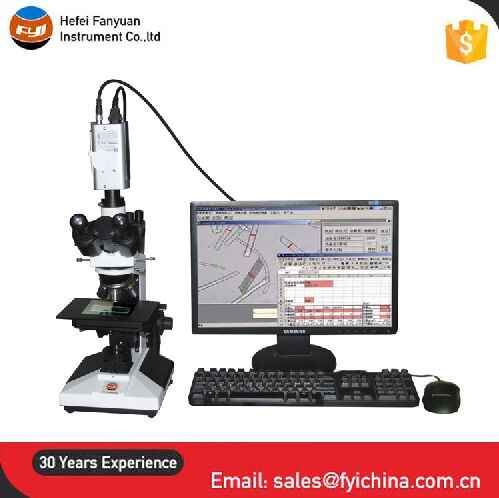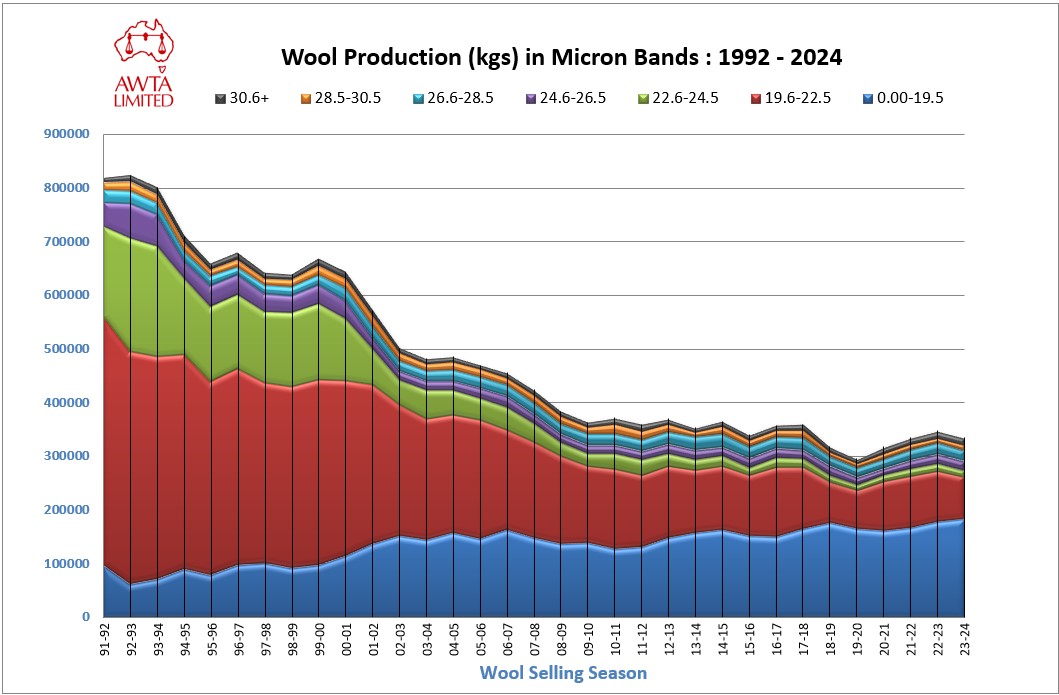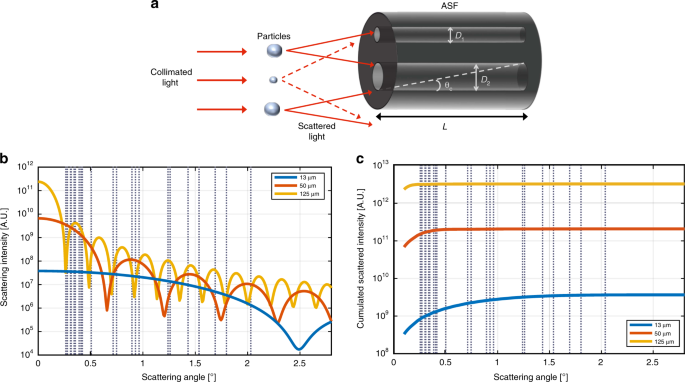Key Attributes to Look for in an Optical Fibre Diameter Analyser Device
Key Attributes to Look for in an Optical Fibre Diameter Analyser Device
Blog Article
Maximize Your Fiber Optic Efficiency: Comprehending Optical Fibre Diameter Analyser Innovation
The performance of fibre optic systems is critically influenced by the precision of their diameter, a factor frequently forgot in the quest of optimum signal honesty. Recognizing the technology behind optical fiber size analysers exposes the detailed balance in between dimension precision and manufacturing quality.
Value of Optical Fiber Diameter
The diameter of optical fibre plays a vital duty in determining the performance and effectiveness of communication systems. On the other hand, smaller sized sizes often tend to support fewer modes, which can improve signal clearness and minimize crosstalk.

Moreover, recognizing the diameter's effects can result in set you back financial savings by decreasing the need for signal boosting and repeaters in comprehensive networks (optical fibre diameter analyser). Finally, the value of optical fibre diameter can not be overstated, as it directly influences the total efficiency and reliability of modern interaction systems

Just How Diameter Influences Signal Quality
Signal quality in optical fiber systems pivots substantially on the diameter of the fibre. A smaller sized size can lead to higher depletion prices, resulting in signal loss as light journeys via the fibre.
Alternatively, bigger sizes typically permit for improved light capture and minimized modal dispersion, enhancing signal clearness. In multimode fibers, a larger core diameter can sustain numerous light settings, but it may additionally introduce intermodal dispersion, which can break down signal top quality. Consequently, selecting the ideal fiber size is important for attaining the desired efficiency in specific applications.
Additionally, the interaction in between the fiber size and the wavelength of the light used plays an important function in determining the reliable transmission distance and total signal stability. Because of this, recognizing exactly how fibre size affects signal top quality is necessary for network designers and designers striving to enhance optical fibre systems for trustworthy, high-speed information transmission.
Review of Size Analyser Innovation
In several optical fibre manufacturing procedures, accurate dimension of fibre size is essential for making sure regular performance and quality (optical fibre diameter analyser). Size analysers are advanced tools made to evaluate the physical dimensions of optical fibers with high accuracy. They employ sophisticated optical and laser modern technologies to gauge the diameter, ovality, and concentricity of the fibre, therefore supplying critical data for high quality control
These analysers can run in-line throughout the pop over to this web-site production process or as component of off-line screening methods. In-line systems enable real-time monitoring, enabling makers to change criteria instantly, consequently keeping ideal production problems. Off-line analysers, on the other hand, provide thorough analyses of sets, ensuring that any variances from defined resistances are determined and attended to.
Diameter analysers substantially contribute to the reduction of issues in optical fibers, improving general product dependability. By continually gauging crucial specifications, these innovations help with compliance with sector criteria and specs. As the demand for high-performance optical fibres remains to climb, the function of size analysers comes to be progressively important in achieving the wanted high quality and efficiency criteria in fibre optic systems.
Key Features of Fiber Diameter Analysers
Although various models of fiber diameter analysers exist, they commonly share numerous essential features that enhance their performance and dependability. One of one of the most considerable features is high-resolution dimension capacities, which make sure accurate size readings, vital for maintaining top quality control in fiber production. In addition, numerous analysers incorporate sophisticated optical sensors created to find minute variations in fiber size, hence supplying indispensable information for procedure optimization.
Another vital feature is real-time surveillance, allowing drivers to receive immediate feedback on fibre diameter throughout the production process (optical fibre diameter analyser). This capacity helps with fast modifications and reduces the probability of defects. Numerous analysers additionally come geared up with straightforward interfaces, allowing drivers to easily browse through information and settings outputs
Additionally, robust data storage space and analysis performances are essential for tracking historical efficiency fads and ensuring compliance with market criteria. Some versions also use connection options for combination into existing production control systems, boosting total operational performance. Portable and small designs permit for flexible release within production settings, ensuring that high quality guarantee processes are seamless and effective. These functions collectively contribute to the efficacy of fibre size analysers in maximizing fibre optic efficiency.
Best Practices for Fiber Optimization

First, normal calibration of optical fiber diameter analysers is essential. This makes certain precise measurements and decreases prospective disparities that might affect performance. Next, keeping a clean workplace is essential; dust and impurities can cause signal destruction.
Additionally, it is very important to pick fibres that fulfill particular application needs. This includes evaluating aspects such as attenuation, transmission capacity, and environmental problems. Proper setup strategies ought to additionally be stuck to, consisting of preventing sharp bends and too much tension, which you can check here can jeopardize fiber integrity.
Moreover, employing sophisticated have a peek at this site surveillance systems can help with real-time efficiency analyses, enabling punctual identification of problems. Normal testing and maintenance must be performed to guarantee that fibers remain within ideal functional criteria.
Lastly, training workers on the most recent fiber optimization technologies and methods will certainly boost their ability to execute efficient methods. By following these finest methods, companies can significantly improve the performance and lifespan of their optical fibre systems, guaranteeing efficient communication and data transfer.
Conclusion
In conclusion, the assimilation of optical fiber diameter analyser technology is crucial for maximizing fiber optic performance. By making certain precise dimensions of fibre measurements, these analysers substantially improve signal high quality and minimize losses during data transmission.
Signal top quality in optical fibre systems pivots considerably on the size of the fibre.In several optical fibre production processes, exact measurement of fiber diameter is crucial for making sure consistent efficiency and quality. As the demand for high-performance optical fibers proceeds to rise, the duty of diameter analysers ends up being increasingly crucial in achieving the preferred quality and efficiency standards in fiber optic systems.
These attributes collectively add to the efficiency of fibre diameter analysers in optimizing fibre optic efficiency.
In conclusion, the combination of optical fiber size analyser technology is crucial for taking full advantage of fiber optic performance.
Report this page